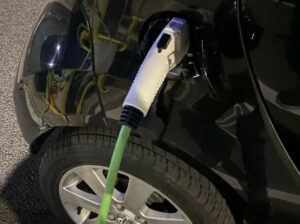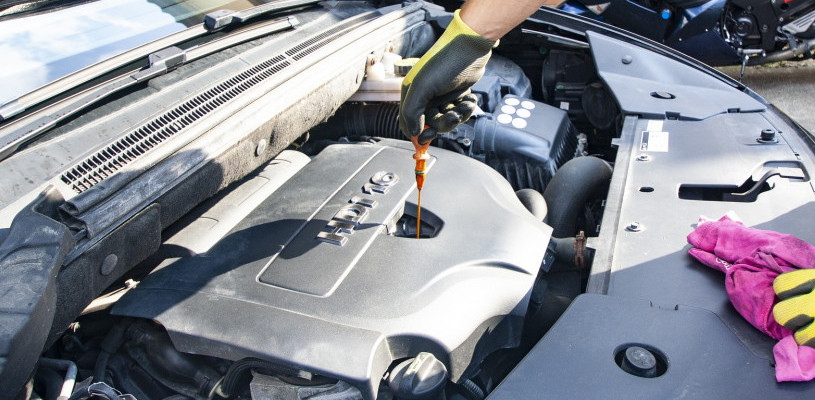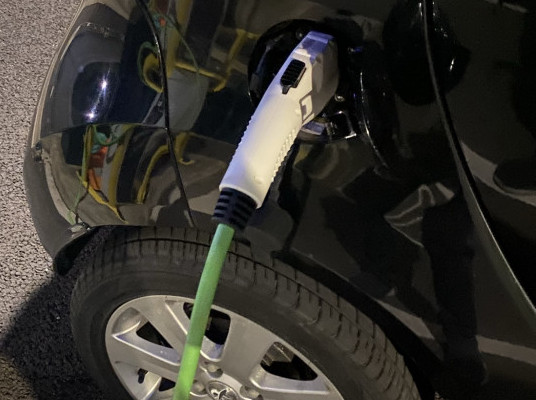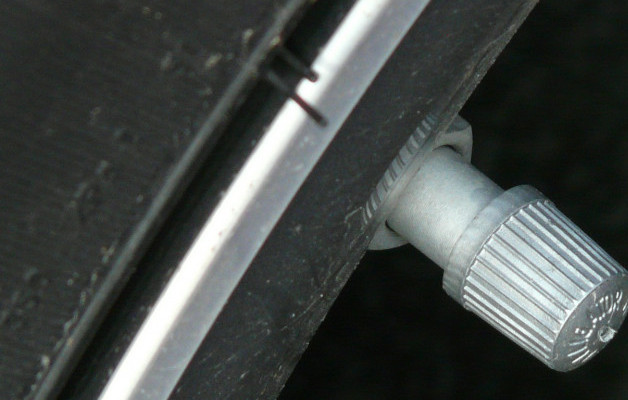SELECT YOUR BUDGET

It is hard to select the right handset as there are so many of them. First thing is to identify your budget to yourself and never tell your budget to a seller. Are you looking to buy mobile phone outright or looking to buy cheapest mobile phone or SIM free mobile phone. Also you have any to decide whether to sell your old mobile phone or keep it.
SELECT THE PURPOSE
Who is going to use the phone and what purpose they need the phone for. It could be for grandparents or children. It could be for someone in business or someone playing sports mostly. For business range it is always the top configuration and the higher range. If the person is very sports or outdoor going than it is good to buy good phone case. It is not necessary to buy the most advanced phone if an individual is not going to make use of all or maximum features. For driving or when taking on and off, it’s better to have longer battery life.
SELECT THE BRAND
Most of the brands are competing each other so select the right brand according to the above two steps. Make sure what is in the box if ordering online. Our brand partners are highly trusted and also have ratings on most of the mobiles. Always check the return or refund policy. Select the right size of phone as everyone can not handle the large screen phones. Buying online is very easy and saves time. In just few minute’s handset is shipped.
MAINTENANCE
Cleaning solutions must be used every week or every month for keeping mobile phones free from bacteria or any dusts which could be very harmful for children’s or even Adults. Not sharing the ear phone with anyone.
OPERATING SYSTEM
Operating system plays crucial role. There are three key operating system used in mobile platforms. Mac, Android, Windows. Mac and Android are the most widely used operating system due to there fast applications. Android is widely used operating system















